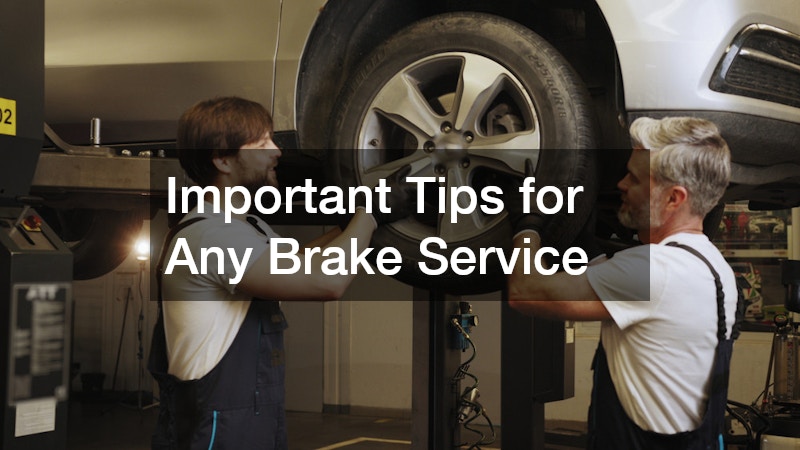Heavy equipment is — literally — one of the biggest things you’ll deal with in managing the costs of your construction business. Depending on the scale of your projects, from single-family homes to multiple-story commercial buildings, you’ll need different types of machines to shove the earth, remove boulders, or demolish existing structures. But as essential as heavy equipment are, they are also not the most fuel-efficient. And the factors that increase their fuel usage aren’t always within your control.
But as with any type of vehicle, heavy equipment can also decrease their fuel consumption. Before we get into that, though, here’s a basic introduction about earthmoving heavy equipment, for construction business starters out there:
Types of Earth-moving Heavy Equipment
If you just happened by and have no clue about the differences between a bulldozer, backhoe, excavator, and more, this list will make you understand their distinctions and specific functions. Consider this your first tip if you’ve been thinking about starting a construction company.
-
Excavators
An excavator is characterized by a long bucket arm, almost like a crane. It can be driven by wheels, but tracks are more common.
The main uses of an excavator are material handling, excavation of trenches, holes, and foundations, demolition, hydraulic brush cutting, rough grading, heavy lifting and pipe installation, mining, and river dredging.

-
Backhoe Loaders
Backhoe loaders resemble a farm tractor. It also has an adjustable shovel in front and a small bucket in the back. Their main functions are removing dirt, excavating backfills, digging holes and trenches, and installing pipes and other materials. They are smaller and lighter than an excavator, and as such, they are ideal for homes and other small-scale constructions.
-
Bulldozers
Bulldozers are extremely heavy and strong, driven by tracks so that they can push large mounds of earth for rough or fine grading. It has a wide, flat blade in front and two hydraulic pistons that move the blade.
-
Motor Graders
Like a bulldozer, motor graders also use a blade to move the earth for fine-grading. But it’s considerably smaller, and instead of just one large blade, it has a long blade that can be joined by a second blade. As such, they are ideal for prepping the road for asphalt, creating sloped surfaces, and draining ditches.
-
Crawler Loaders
A crawler loader looks like a mix of an excavator and a backhoe. It’s mainly used for moving soil and debris, and for carrying material onto trucks. It’s also smaller than a backhoe, making it ideal for small-scale projects.
Improving Performance and Fuel Efficiency
A heavy equipment’s weight is usually the reason for its excessive fuel consumption. Site geography, level or sloping ground, and material composition are other reasons.
To optimize your heavy equipment’s performance — if you own a Caterpillar©, for example — invest in high-quality aftermarket Caterpillar© parts. It will reduce your maintenance costs, prolong the engine’s life, and allow you to get the most out of its engine.
And to increase fuel efficiency, observe the following:
- Avoid high idling. Turn off the engine during long waiting times. You may also engage the low idle option or depress the decelerator pedal to relax the engine.
- Doze from front to back on level ground. This method increases the full load in the blade and boosts productivity because it keeps the digging ground even.
- Doze on a downhill slope to let gravity do its work. This will allow your excavator to dig or carry a larger amount of material with lesser effort.
- Avoid shoe slippage and stalling, otherwise, fuel consumption will spike and the undercarriage may wear off.
- When filling the blade is difficult due to hard or rocky ground, reverse after the first pass, and doze in the opposite direction.
If you’re just starting out in the construction business, use a compact or mini excavator first. Offer small-scale demolition services for structures like sheds or garages. This will benefit people renovating their homes.
Offer clearing services for people or corporations building a new structure as well. Your compact excavator can also dig up dirt, stumps, fallen logs, and boulders. If the vehicle is fitted with a plate compactor, offer to compress the soil to reduce manual labor.
As your business grows, outfit your compact excavator with a grapple to improve its grasp. This will enable you to offer loading and unloading services for trucks carrying pavers, lumber, and retaining wall blocks.
Construction heavy equipment has a wide range of functions that can easily turn your investment into profit. It may be challenging to manage considering the complicated parts and fuel consumption, but by following the pointers above, your profits will easily overtake your costs.





